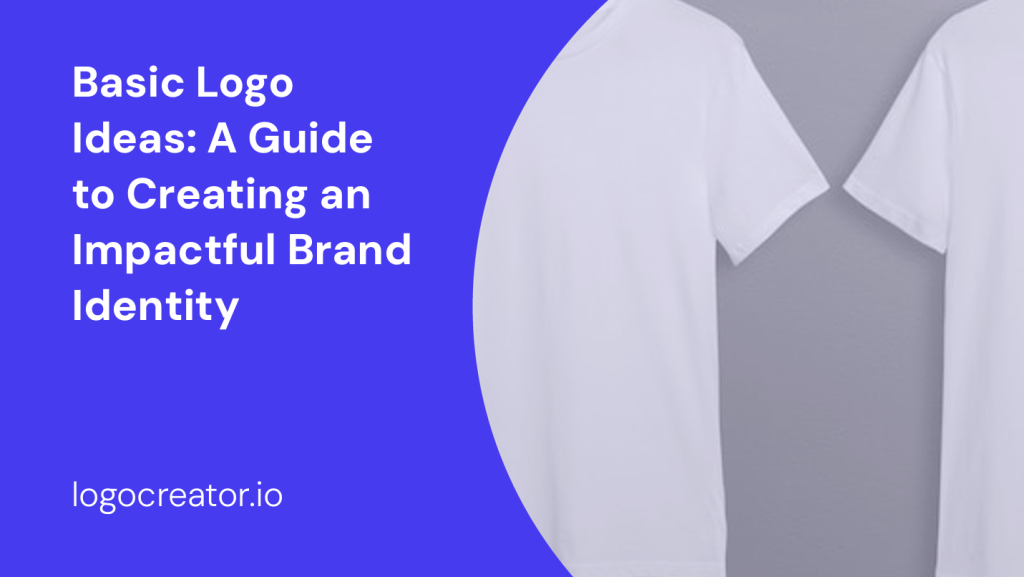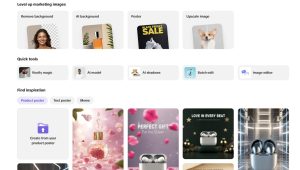Creating a logo is an essential step in establishing a strong brand identity. Your logo serves as the visual representation of your business, conveying its values, personality, and mission to your target audience. Whether you are a new start-up or looking to rebrand, this guide will provide you with basic logo ideas to kick-start your creative process. From color choices to typography, we will explore various elements that can make your logo visually appealing and memorable.
Understanding the Importance of a Logo
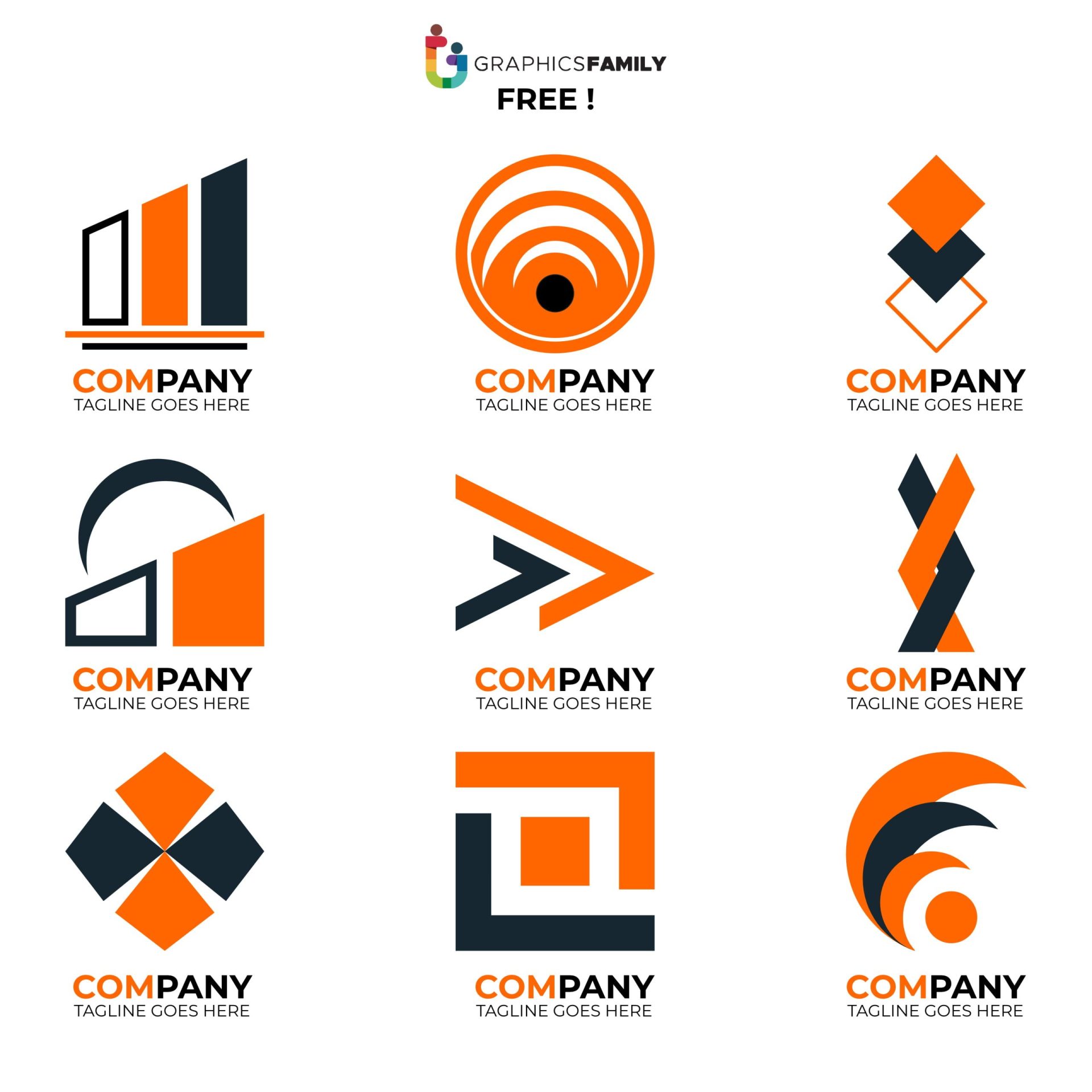

Before delving into logo design ideas, it is essential to understand the significance of a logo.
The founder at FiveCube summed it up nicely. “Your logo is the face of your brand, the first impression that potential customers will have of your business.” It is a crucial element in building brand recognition, fostering trust, and differentiating yourself from competitors. A well-designed logo can evoke emotions, create a sense of professionalism, and communicate your brand’s values in a single glance.
Simplicity is Key

When it comes to logo design, simplicity reigns supreme. Simple logos are easier to recognize, memorable, and versatile across various mediums. Avoid cluttering your logo with excessive details or intricate designs that can be confusing or difficult to reproduce. Aim for a clean and straightforward design that can be easily scaled down for smaller applications without losing its impact.
Choosing the Right Colors

Color is a powerful tool in logo design as it can evoke emotions and convey specific messages. Different colors have different psychological associations, and understanding their impact can help you select the right colors for your logo. Here are a few basic logo color ideas to consider:
1. Bold and Vibrant Colors
Bold and vibrant colors, such as red, yellow, or orange, can create a sense of excitement and energy. These colors are often used by companies in industries like food, entertainment, or technology to grab attention and convey a dynamic brand personality.
2. Cool and Calming Colors
Cool colors, including blues and greens, are often associated with trust, peace, and serenity. These colors work well for brands in industries like healthcare, finance, or eco-friendly products, where a sense of professionalism and reliability is important.
3. Neutral and Minimalist Colors
Neutral colors, like black, white, or gray, can project sophistication and timelessness. They are often used by luxury brands or businesses aiming for a minimalist and elegant aesthetic.
Remember to consider the context of your brand when selecting colors. Research your industry and target audience to ensure the colors you choose align with your brand personality and appeal to your customers.
Typography and Fonts
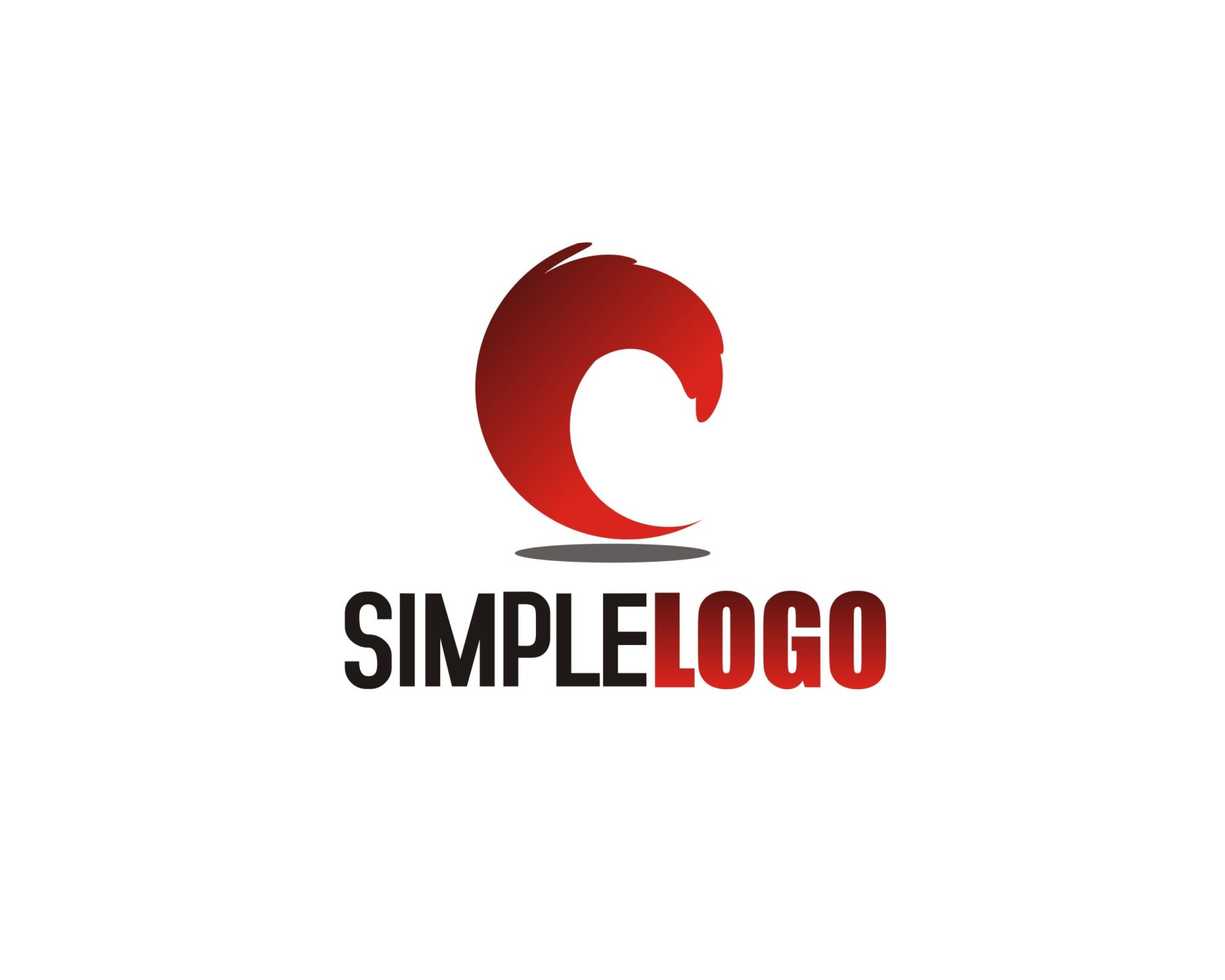
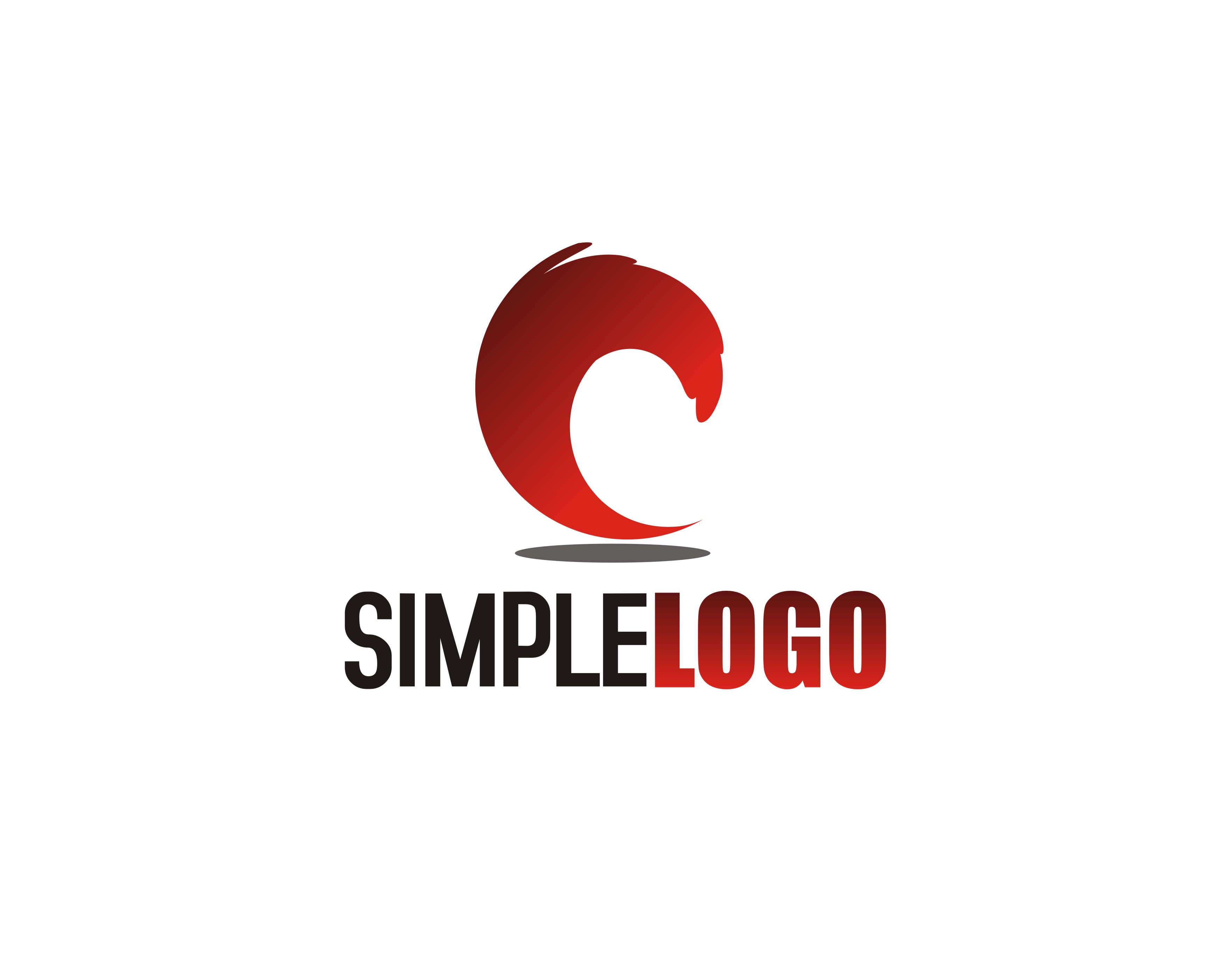
Typography plays a crucial role in logo design, as it can enhance the message and personality conveyed by your logo. Here are a few basic typography ideas to consider:
1. Serif Fonts
Serif fonts, characterized by small lines or strokes at the end of characters, are often associated with tradition, reliability, and professionalism. They can add a classic and timeless touch to your logo and work well for brands in industries like law, finance, or luxury goods.
2. Sans Serif Fonts
Sans serif fonts, without the small lines or strokes, have a more modern and clean appearance. They are often used by tech companies, startups, or brands aiming for a contemporary and minimalist aesthetic.
3. Script Fonts
Script fonts mimic handwriting and can add a sense of elegance, creativity, and personal touch to your logo. They are commonly used by brands in industries like beauty, fashion, or arts and crafts.
When selecting a font, ensure it is legible and scalable across different sizes and mediums. Experiment with different combinations of fonts to find the perfect match for your brand’s personality.
Iconic and Symbolic Logos
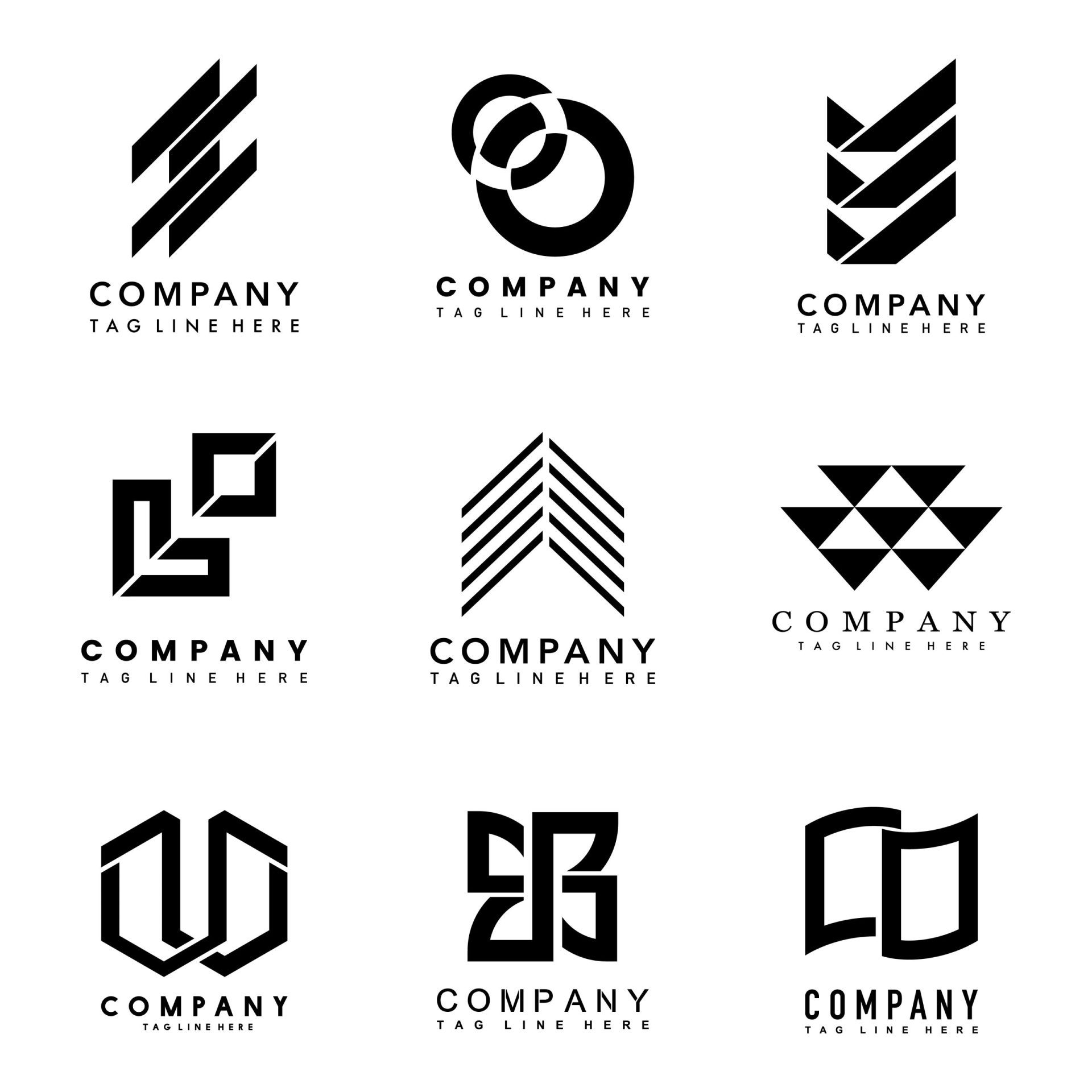
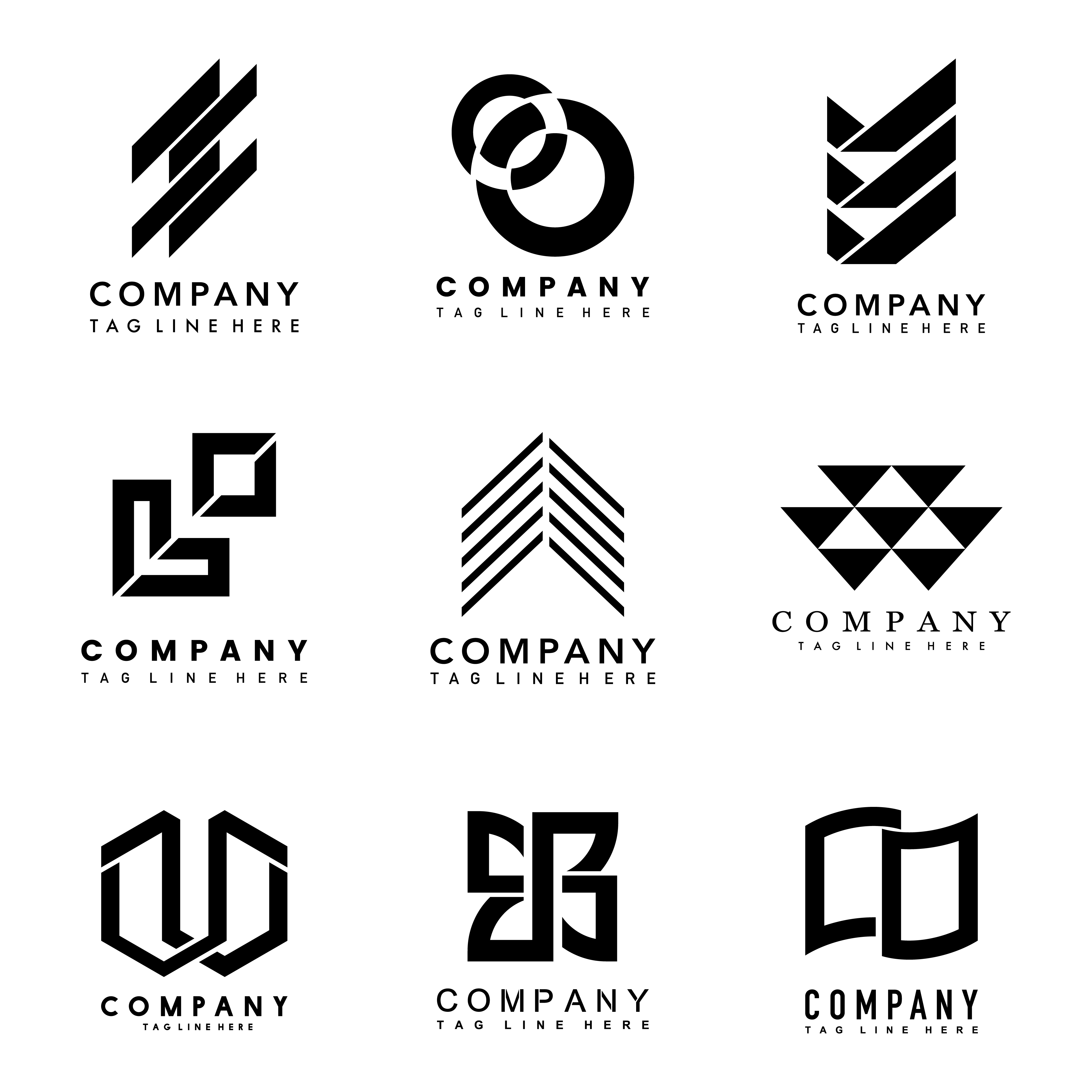
Iconic and symbolic logos are highly effective in creating instant brand recognition. These logos use simple and recognizable shapes or symbols to represent a brand. Here are a few basic ideas for creating iconic and symbolic logos:
1. Lettermarks or Monograms
Lettermarks or monograms are logos that incorporate the initials or acronym of a brand. They are often used by companies with long names or complex brand identities to create a more concise and memorable logo.
2. Abstract Shapes
Abstract shapes can be used to create unique and visually appealing logos. These shapes can be open to interpretation, allowing customers to associate their own meanings with your brand. Abstract logos are often used by companies in creative industries or those looking to stand out from the crowd.
3. Mascots and Characters
Mascots and characters can add personality and a sense of friendliness to your logo. They are often used by brands targeting younger audiences or those in industries like sports, food, or entertainment.
Combining Elements for a Unique Logo
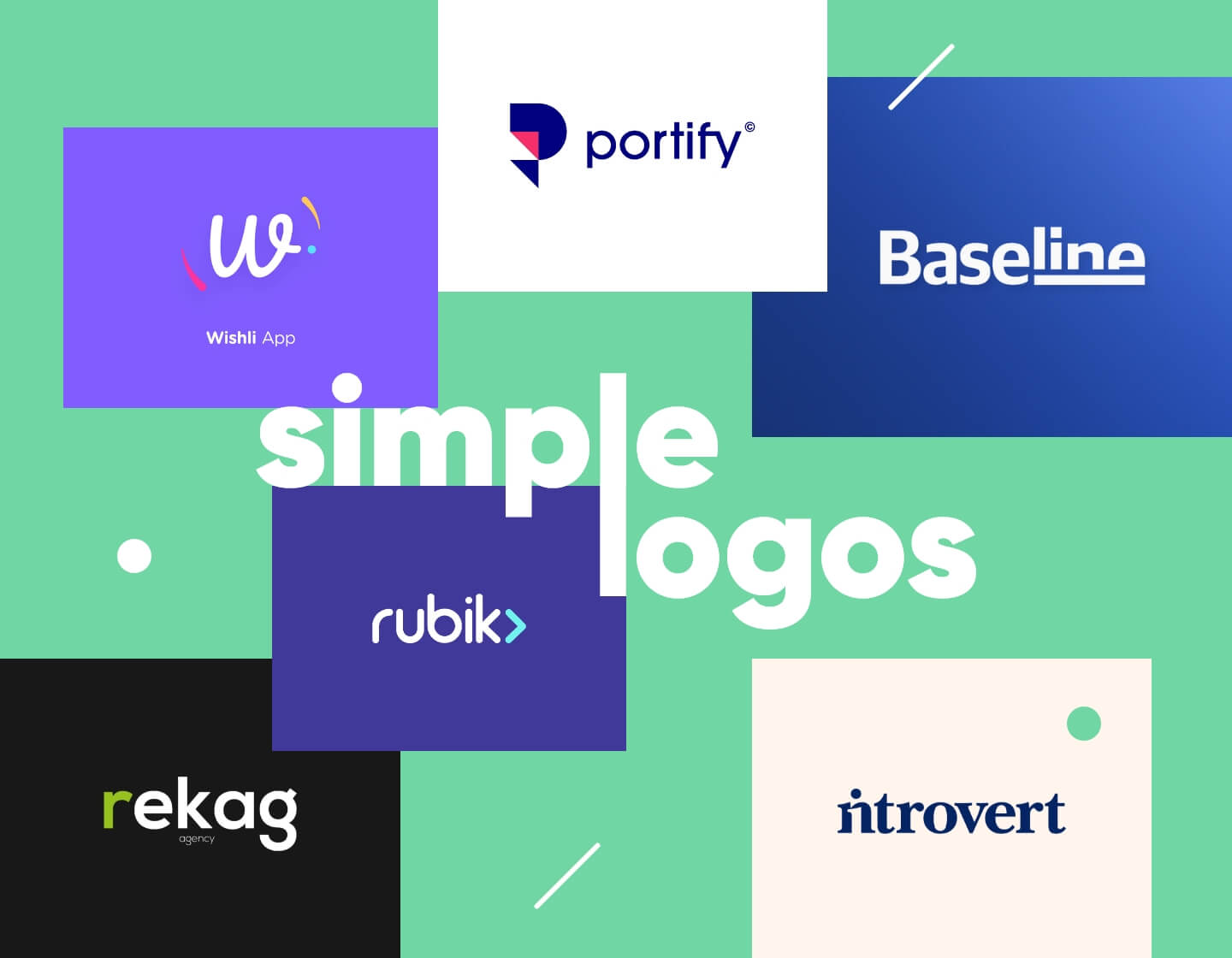

While exploring basic logo ideas, you may find that a combination of different elements can create a unique and impactful logo. Here are a few tips for combining elements effectively:
1. Balance and Proportion
Ensure that the different elements of your logo are balanced and proportionate. Consider the size and position of each element to create a visually pleasing composition.
2. Contrast
Contrast can help your logo stand out and grab attention. Experiment with contrasting colors, fonts, or shapes to create visual interest.
3. Negative Space
Negative space refers to the empty space around and between the elements of your logo. Utilizing negative space creatively can add depth and hidden meanings to your logo.
Testing and Refining Your Logo
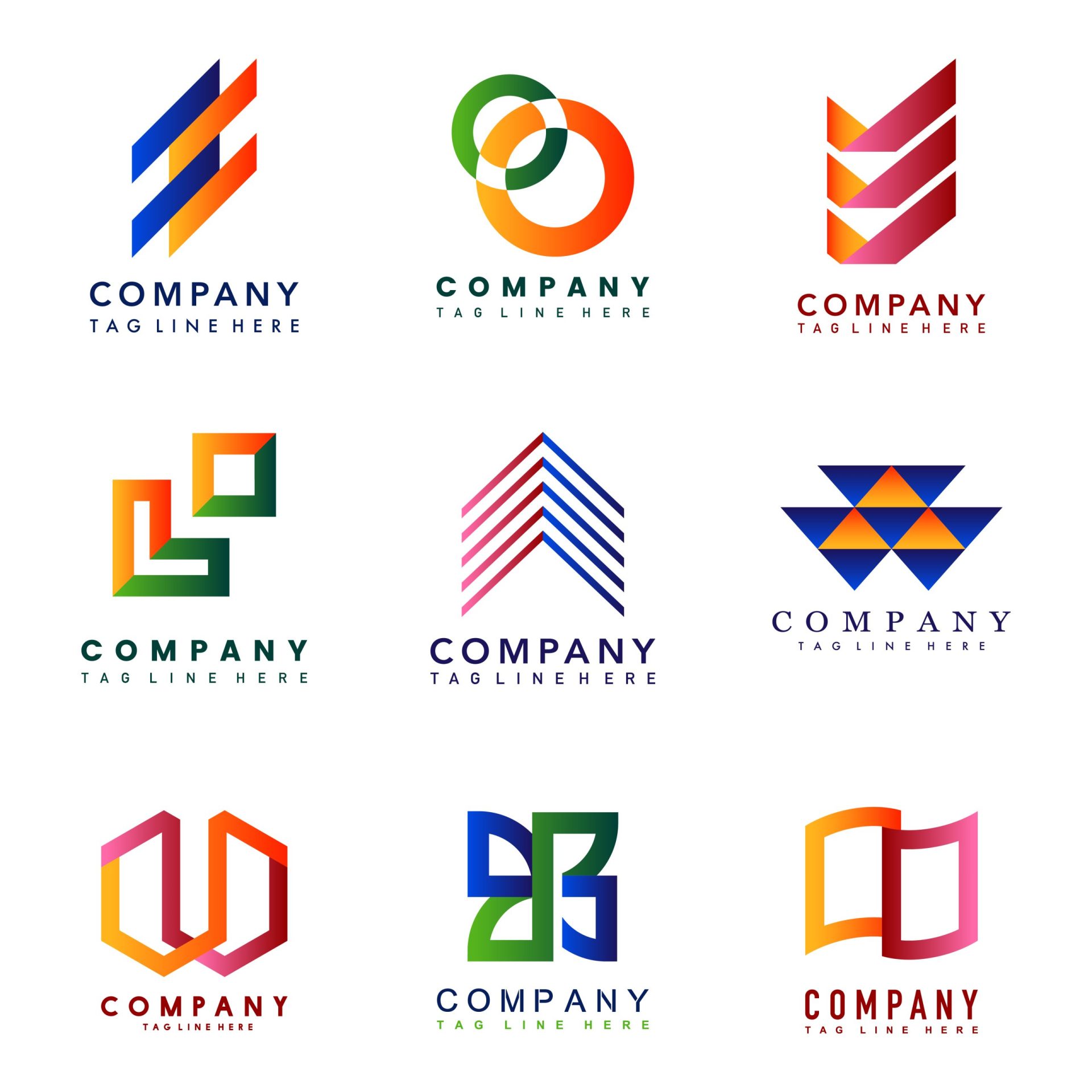
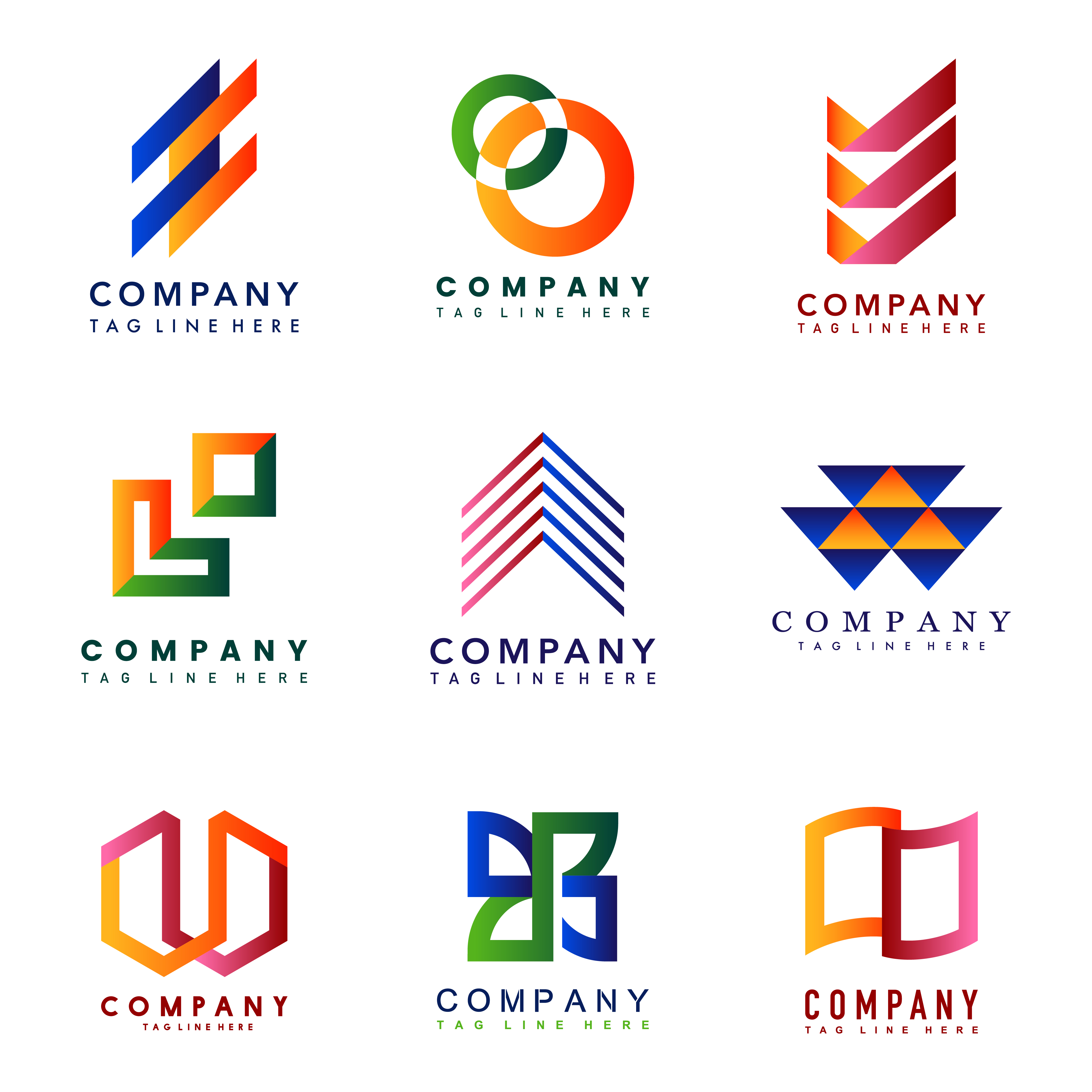
Once you have created a basic logo design, it is crucial to test it across various mediums and sizes. Consider how your logo will appear on different platforms, such as websites, social media profiles, business cards, or merchandise. Ensure it remains legible and visually appealing in different formats.
Also, gather feedback from your target audience or colleagues to gain insights into how your logo is perceived. Use this feedback to refine and improve your design if necessary.
Conclusion
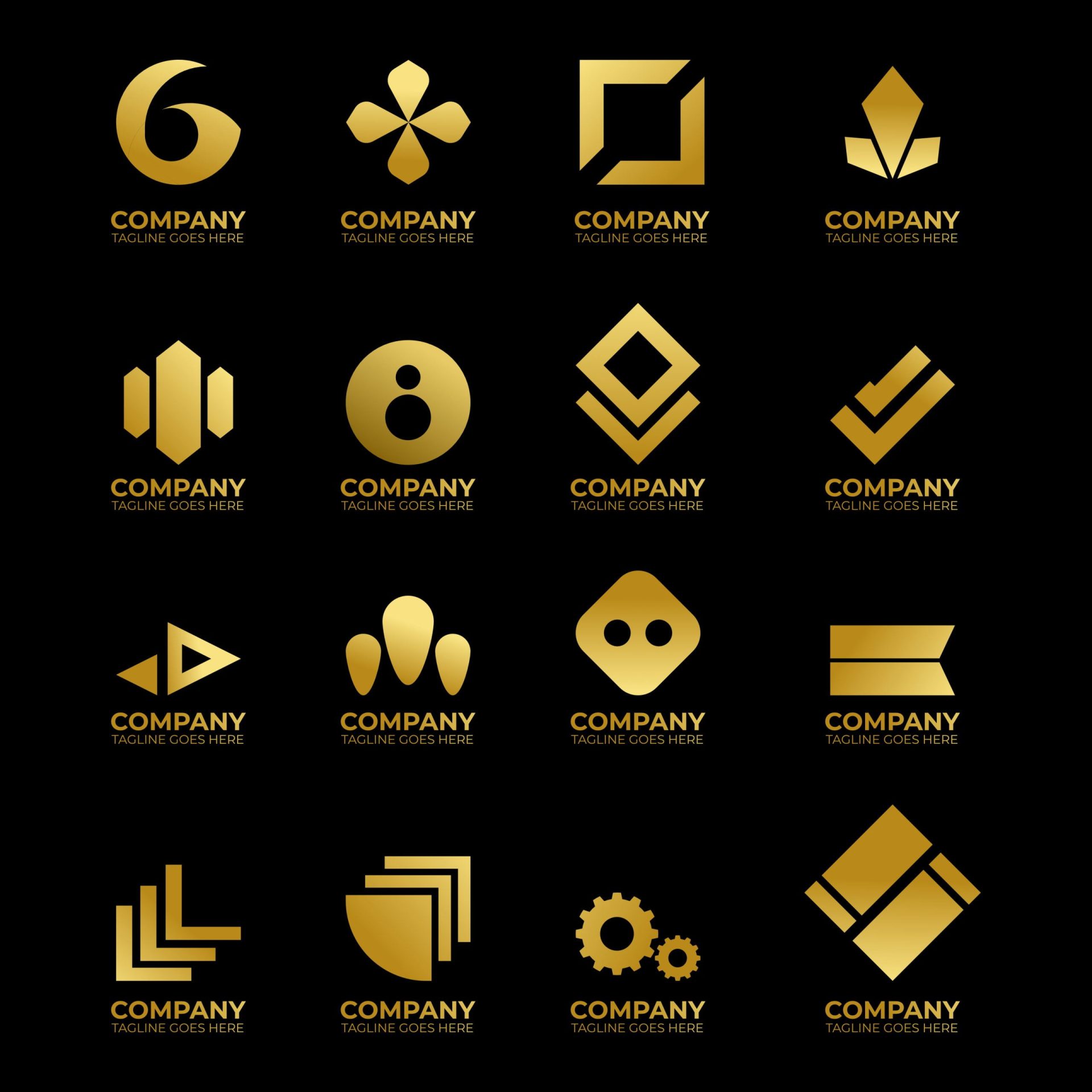

Designing a logo is an exciting process that allows you to visually represent your brand’s identity. By following these basic logo ideas, you can create a logo that is simple, memorable, and effectively communicates your brand’s values and personality. Remember to consider the colors, typography, and elements that best represent your brand, and test your logo across various mediums to ensure its versatility and impact. Your logo is an investment in your brand’s future success, so take the time and effort to create a design that truly reflects your business.
Barry Edwards is a digital marketing expert with a deep understanding of content strategy, logo, and branding principles. Holding a Bachelor’s degree in Marketing from Beaconhill College, he offers valuable insights on digital marketing trends and strategies through his writing. Follow Barry’s work to stay updated on the latest in online marketing and branding.
